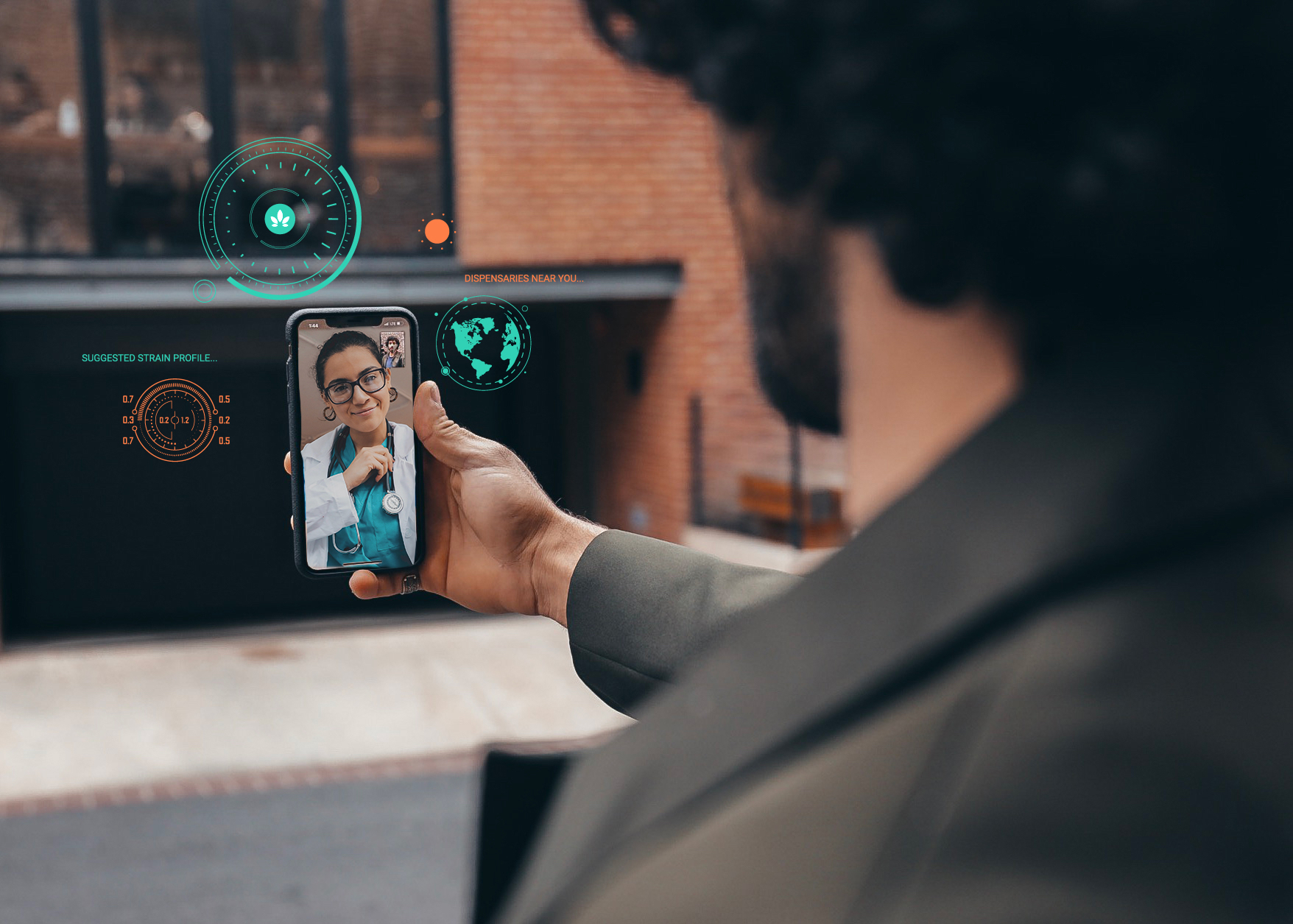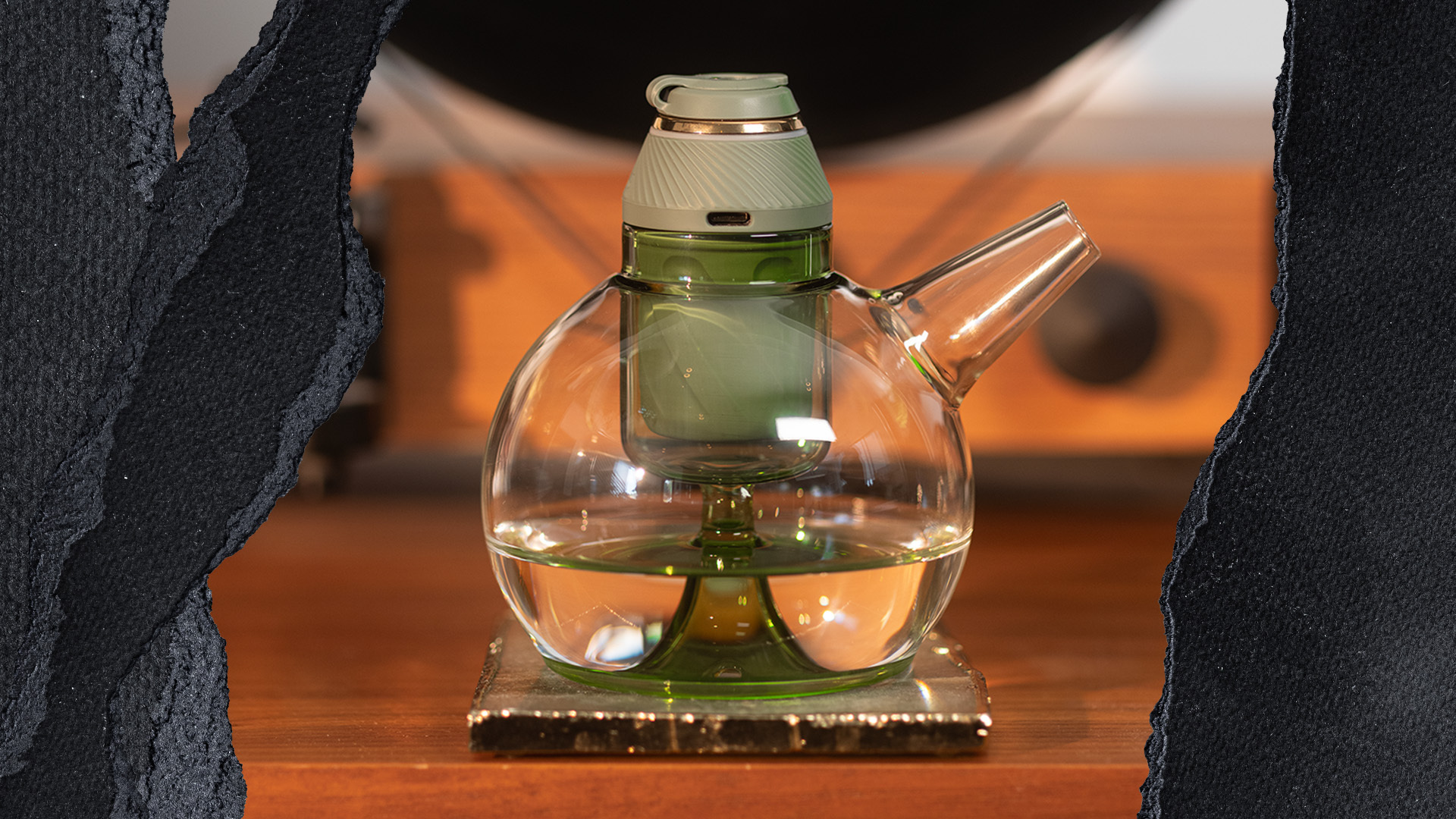One of the most commonly cited arguments against legalizing cannabis is that it could lead to an uptick in marijuana use among children. However, new research has found that this may not necessarily be the case.
A federally funded study on the effects of adult-use legalization looked at data on middle schoolers in New Mexico and Nevada between 2017 and 2019. The research was published online last month and conducted by the University of Nevada, the University of New Mexico, and the New Mexico Department of Health. During this period, recreational cannabis was legal in Nevada, and medicinal cannabis was legal in New Mexico. In both states, researchers observed increases in the percentages of students who had ever used cannabis, as well as those who had used it within the past 30 days.
During the study period, the proportion of middle-school students in Nevada who reported ever using cannabis increased from 9.7 percent in 2017 to 13.3 percent in 2019. Similarly, past 30-day use rose from 6.3 percent to 8.9 percent. In New Mexico, lifetime use climbed from 14.1 percent to 17.4 percent over the same period, and past 30-day use increased from 8.9 percent to 10.5 percent. However, researchers do not believe that this is attributed to legalization.
They wrote, “We did not find compelling evidence that the implementation of adult-use marijuana sales was associated with an immediate increase in lifetime or [past 30 day] marijuana use among middle school youth in Nevada, which aligns with previous research. However, the increase in marijuana use among middle school students in both Nevada and New Mexico from 2017 to 2019 is concerning given the negative health consequences associated with initiation of marijuana use at an early age….[but] the effect of adult-use marijuana sales on lifetime and [past 30 days] marijuana use was not statistically significant.”
Why You Should Get Your Medical Marijuana Card
Veriheal has satisfied millions of patients nationwide by giving them access to these benefits
- Larger purchase limits
- Peace of mind
- Enhanced legal protection
- Access to higher potency strains
- Save up to 25% on cannabis purchases
- Skip the line at the dispensary
Across both states, female, nonwhite, and low-income students attending Title I schools were the groups more likely to report both lifetime and past 30-day cannabis use.
“Our results are consistent with literature that identifies marijuana use as a mechanism for coping with poverty and discrimination,” researchers stated, “and literature that shows adolescent females are now reporting more marijuana use than their male counterparts.”
The study underscores the importance of targeted prevention efforts to reduce youth cannabis consumption rates, regardless of the legal status of marijuana for adults. The researchers also acknowledged some limitations, such as the inability to determine whether neighboring states with legalized marijuana have an influence on local cannabis use. Additionally, they did not analyze the frequency of use or changes in cannabis use disorders.
“While there is a need for more robust research evaluating the impact of adult-use marijuana sales on marijuana use among middle school students, our research highlights an immediate need for prevention efforts for youth at greatest risk, regardless of state legalization,” the authors conclude.
This study on youth cannabis use lines up with other research suggesting that state-level marijuana legalization has not significantly impacted youth usage rates. Despite concerns, evidence indicates minimal impact or even reduced use among minors following legalization.
Author, Share & Comments
















